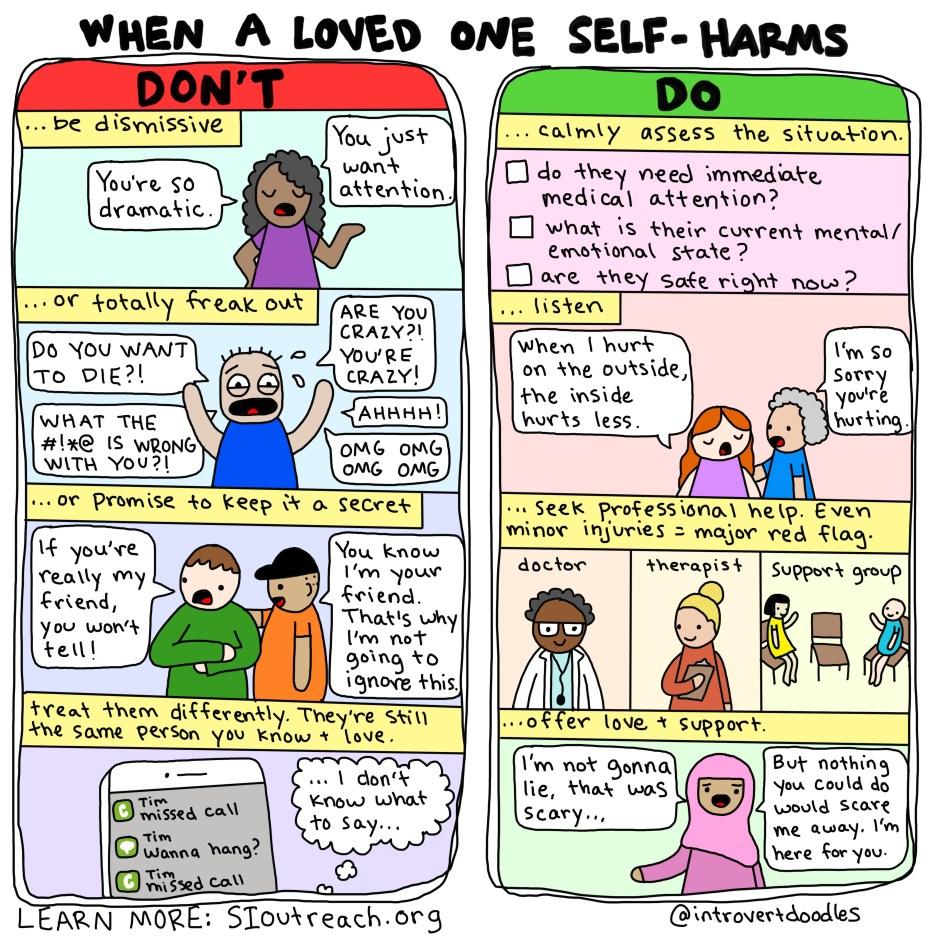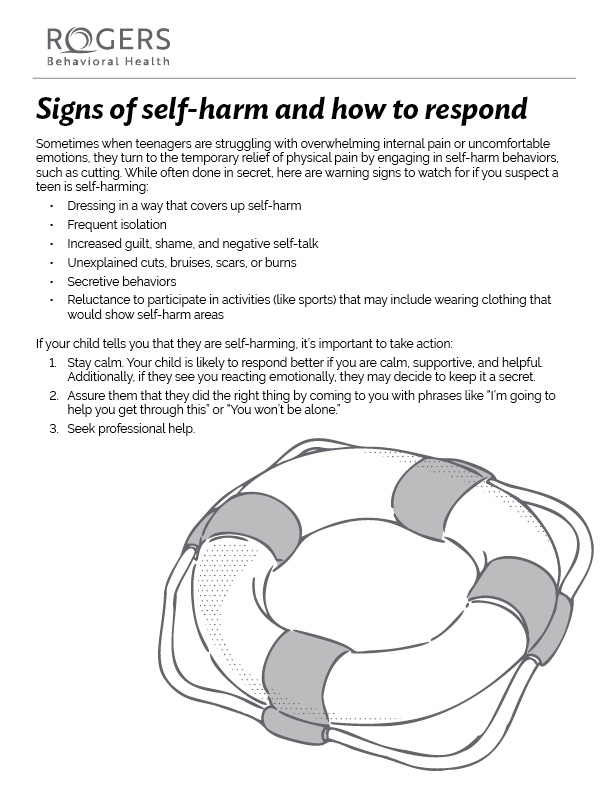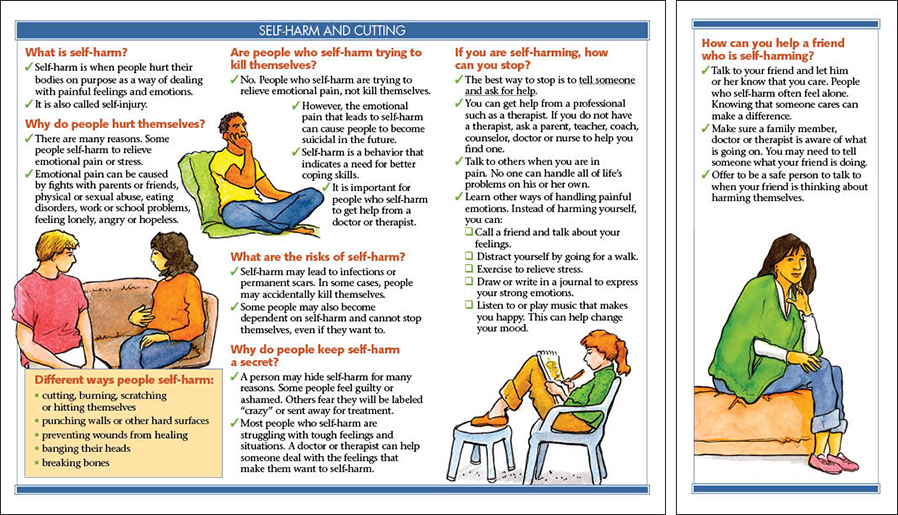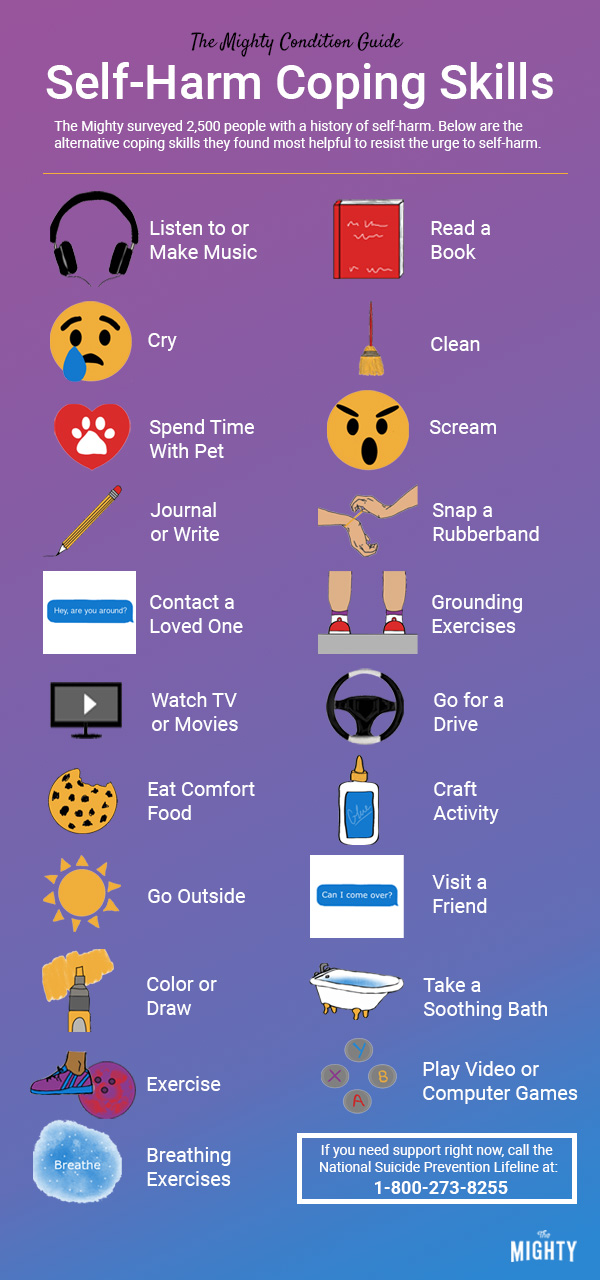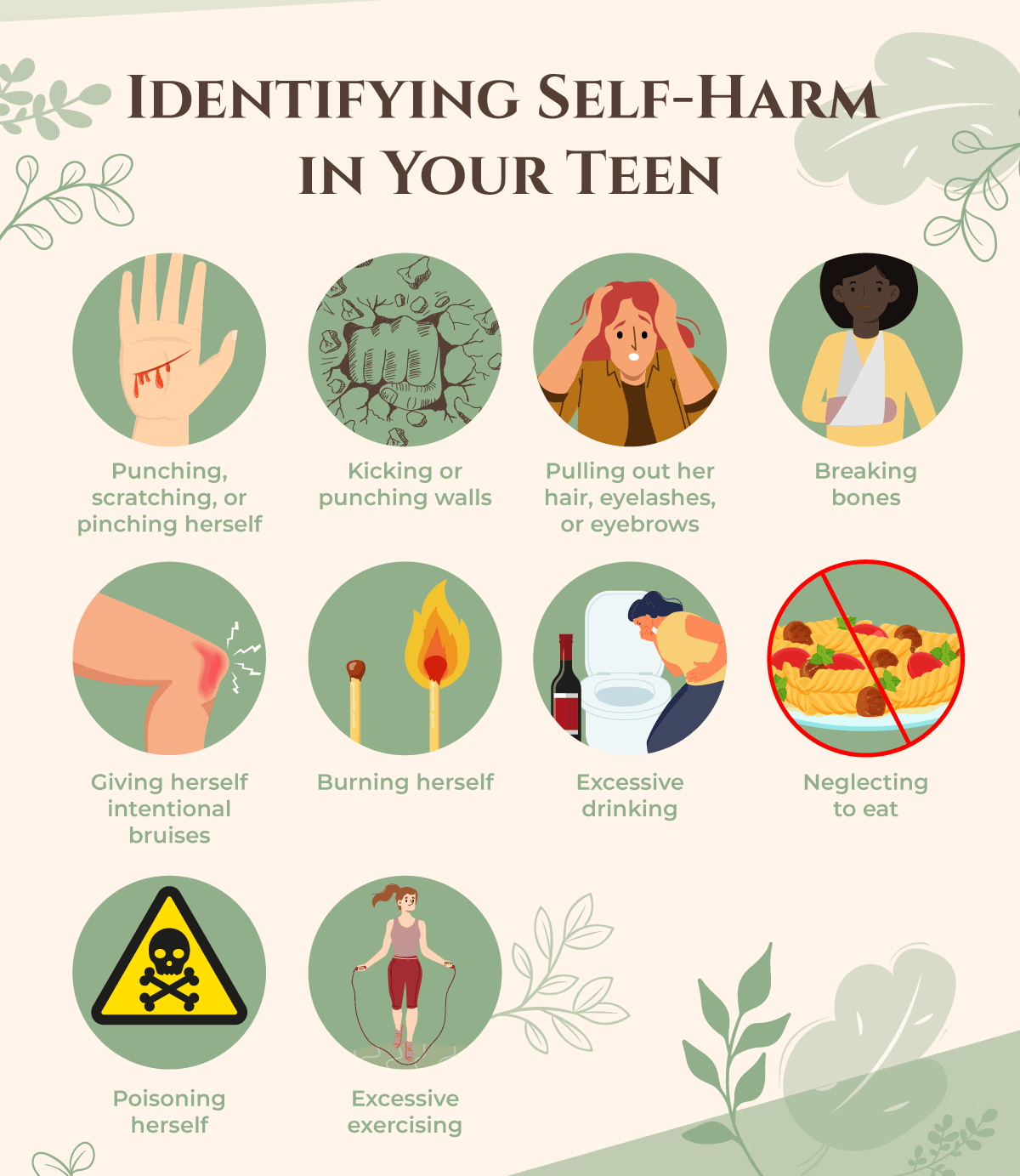Free Printables For Parents To Give Kids About Self Harm
Free Printables For Parents To Give Kids About Self Harm - Resources developed by kids helpline counsellors on how to support students to navigate suicide and depression. Free to download and share in the classroom, home or community. Parents should be proactive and directly address the factors that increase the risk of suicide. Unexplained cuts, burns or bruises. This guide will give you advice on how to approach this difficult and upsetting situation. This handout gives guidance for ways to support your child at this time. You might be worried that a young person is harming themselves, even if they're not. If you're worried about your child or finding things as a parent hard, you may find some of the resources below helpful. Like other parent guides in this series, this tool provides knowledge,. Download the guide for free. You might be worried that a young person is harming themselves, even if they're not. Free to download and share in the classroom, home or community. Like other parent guides in this series, this tool provides knowledge,. The following recommendations can help to prevent suicidal thinking and behaviors (brock &. This guide will give you advice on how to approach this difficult and upsetting situation. While you may feel shocked and overwhelmed by the discovery that your child is. This handout gives guidance for ways to support your child at this time. • feeling overwhelmed • feeling angry • feeling sad and alone • extreme anxiety. Some of the most common triggers are: On this page, we outline how you can support your child and where you can find professional help. • feeling overwhelmed • feeling angry • feeling sad and alone • extreme anxiety. The person needs to find a less harmful way of coping. Remember, you can always text 'shout' to 85258 for support if you or. Some of the most common triggers are: Parents should be proactive and directly address the factors that increase the risk of suicide. If you are worried, watch out for these signs: Some of the most common triggers are: This guide will give you advice on how to approach this difficult and upsetting situation. Free to download and share in the classroom, home or community. Like other parent guides in this series, this tool provides knowledge,. If you are worried, watch out for these signs: If you're worried about your child or finding things as a parent hard, you may find some of the resources below helpful. The following recommendations can help to prevent suicidal thinking and behaviors (brock &. On this page, we outline how you can support your child and where you can find. Resources developed by kids helpline counsellors on how to support students to navigate suicide and depression. Parents should be proactive and directly address the factors that increase the risk of suicide. The following recommendations can help to prevent suicidal thinking and behaviors (brock &. • feeling overwhelmed • feeling angry • feeling sad and alone • extreme anxiety. You might. Resources developed by kids helpline counsellors on how to support students to navigate suicide and depression. If you are worried, watch out for these signs: While you may feel shocked and overwhelmed by the discovery that your child is. Download the guide for free. Like other parent guides in this series, this tool provides knowledge,. If you are worried, watch out for these signs: The purpose is not to condone or encourage you to hurt yourself, but to help you to stay. Some of the most common triggers are: You might be worried that a young person is harming themselves, even if they're not. Unexplained cuts, burns or bruises. On this page, we outline how you can support your child and where you can find professional help. • feeling overwhelmed • feeling angry • feeling sad and alone • extreme anxiety. The following recommendations can help to prevent suicidal thinking and behaviors (brock &. Remember, you can always text 'shout' to 85258 for support if you or. Unexplained cuts,. • feeling overwhelmed • feeling angry • feeling sad and alone • extreme anxiety. Like other parent guides in this series, this tool provides knowledge,. Parents should be proactive and directly address the factors that increase the risk of suicide. The purpose is not to condone or encourage you to hurt yourself, but to help you to stay. You might. If you're worried about your child or finding things as a parent hard, you may find some of the resources below helpful. This guide will give you advice on how to approach this difficult and upsetting situation. Remember, you can always text 'shout' to 85258 for support if you or. While you may feel shocked and overwhelmed by the discovery. On this page, we outline how you can support your child and where you can find professional help. Some of the most common triggers are: The purpose is not to condone or encourage you to hurt yourself, but to help you to stay. On this page, we outline how you can support your child and where you can find professional. Parents should be proactive and directly address the factors that increase the risk of suicide. You might be worried that a young person is harming themselves, even if they're not. • feeling overwhelmed • feeling angry • feeling sad and alone • extreme anxiety. This guide will give you advice on how to approach this difficult and upsetting situation. Some of the most common triggers are: Download the guide for free. Unexplained cuts, burns or bruises. Free to download and share in the classroom, home or community. The person needs to find a less harmful way of coping. On this page, we outline how you can support your child and where you can find professional help. Like other parent guides in this series, this tool provides knowledge,. If you are worried, watch out for these signs: Remember, you can always text 'shout' to 85258 for support if you or. If you're worried about your child or finding things as a parent hard, you may find some of the resources below helpful. You might be worried that a young person is harming themselves, even if they're not. The following recommendations can help to prevent suicidal thinking and behaviors (brock &.The Cycle of SelfHarming and How to Stop It WTCSB
March is SelfHarm Awareness Month Connections Wellness Group
Signs of selfharm and how to respond Rogers Behavioral Health
Social Story SelfHarm Making Safe & Healthy Choices Teaching
SelfInjury Painful Reminders Pamphlet Primo Prevention
SelfHarm Relapse When Dangerous Habits Return
SelfHarm and
Counseling Services / Self Harm
Parents and Loved Ones How Do You Help a Child Who Is SelfHarming?
Types of Self Harm Roots Renewal Ranch
Resources Developed By Kids Helpline Counsellors On How To Support Students To Navigate Suicide And Depression.
On This Page, We Outline How You Can Support Your Child And Where You Can Find Professional Help.
This Handout Gives Guidance For Ways To Support Your Child At This Time.
The Purpose Is Not To Condone Or Encourage You To Hurt Yourself, But To Help You To Stay.
Related Post:
